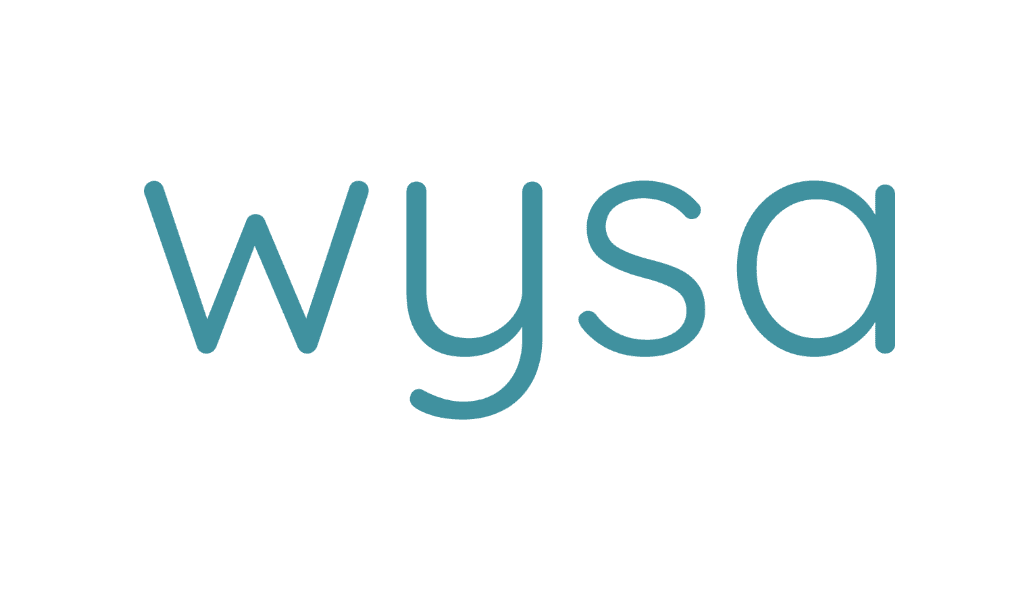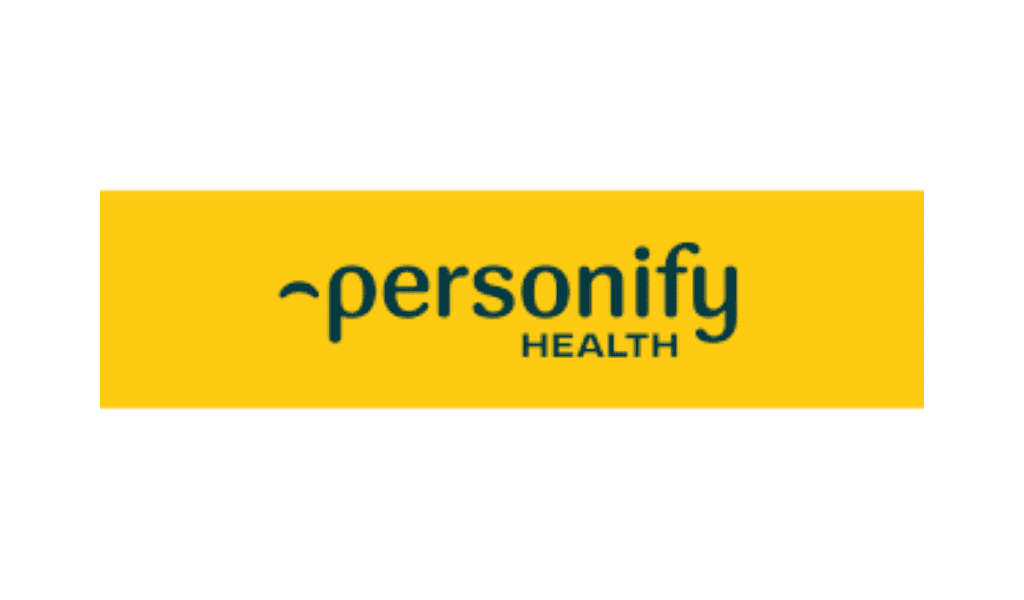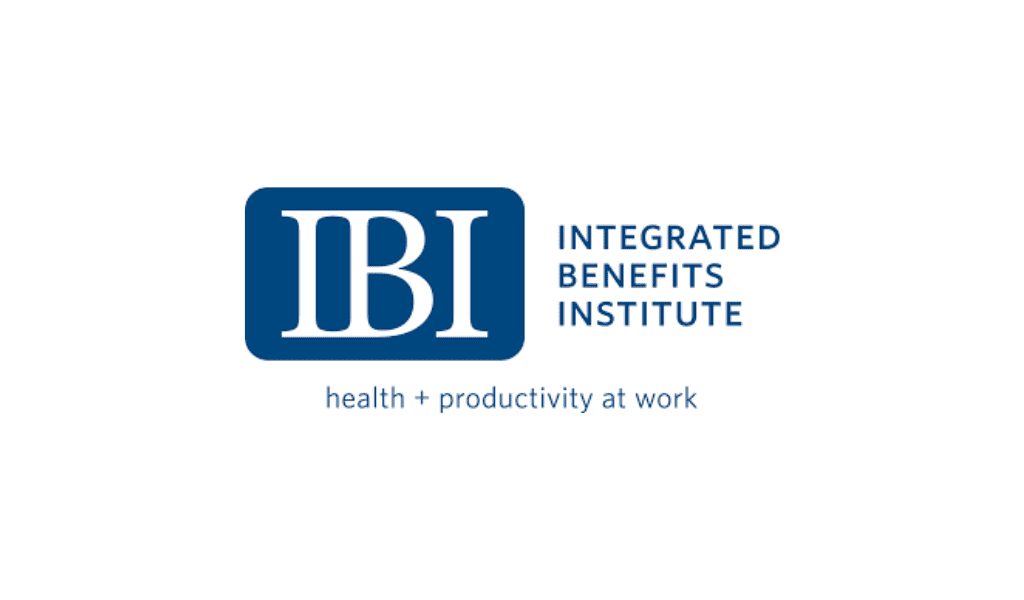As companies work to improve wellness benefits, employers should leverage feedback to ensure that offerings address employee concerns regarding finances, delayed medical treatments, and mental health challenges.
By Ruth Hunt and Tom Kelly
Employers are increasingly aware that their “post-pandemic” workforce continues to struggle with maintaining physical, mental, social, and financial health. Companies are trying to sharpen their focus on benefit and rewards programs that meet employee needs, but many adverse factors impacting well-being persist. Financial worries, delayed medical treatments, mental health challenges, confusion in understanding and accessing employer resources, inflexible time-off policies, and benefits that don’t meet individual needs are all factors that influence employee job satisfaction and engagement.
There is some good news. Gallagher’s 2024 Wellbeing and Voluntary Benefits Survey collected comparative feedback from employers and employees on how well their workforces are doing. Overall, employees feel better across all dimensions of well-being versus the 2022 survey responses. Nearly half feel better off physically and in terms of work-life balance. Employers have stepped up, with 70% saying they have boosted their commitment to promoting well-being.
Employee Expectations
In contrast to employer efforts, half of responding employees haven’t seen any increase in company support for their well-being. Two-thirds of workers would change jobs for better benefits, one in five report worsening mental health, and 92% want more financial support and resources.
Even more troubling, half report that inflation and rising costs will impact their ability to get healthcare in the coming year. In addition, 46% of workers surveyed are actively considering a job change in 2024—and that number rises to 52% for younger employees. Employees look to their employer to help enhance their total well-being, yet only 30% of workers feel that current levels of support are adequate.
This fifth biennial edition of the survey shows the highest level yet of employee expectations that their employer should help meet diverse well-being challenges. Inflation and higher interest rates are causing households to spend more on bills, food, gas, and housing. Only two-thirds of employees rate themselves financially healthy, with 58% reporting they’re living paycheck to paycheck.
70% of employers report they have boosted their commitment to promoting well-being.
Among employees, many believe “improving financial well-being” should be their employer’s top concern for benefits programs. Yet this is a considerably lower priority for benefit plan sponsors who, perhaps reflecting frustration with continued rising healthcare costs, are planning their largest investments in programs to support physical health. They are starting to see the impact of months of delayed care during the pandemic, including a continued rise in obesity, preventable diabetes and other conditions, and cancers. Increasingly, employers are looking for creative solutions to help minimize the effects on their benefits and well-being budgets, while also helping employees manage their health expenses.
Ironically, rising healthcare costs are a major contributor to at least some employees’ financial challenges—for premiums and out-of-pocket costs. But the disconnect between workers’ needs for financial help and employer priorities around healthcare costs is one that companies need to consider when evaluating their program resources. To attract and retain talent, organizations know it’s imperative to demonstrate through active support that they care about employee well-being.
The Changing Face of the Workforce
The survey finds notable differences in well-being across life stages, genders, income levels, and other demographic segments. Examples include the following.
- Women rate their well-being lower than men in all areas.
- Younger employees seek more resources across the well-being topics.
- Nearly 40% of millennials identify as parents, and place a priority on family-forming benefits, childcare, and educational support.
- For part-time and gig workers, employers are four times more likely than in 2022 to prioritize providing resources, reflecting the tight labor market and this group’s demand for better working conditions and benefits.
Employers say they plan to prioritize the needs of women and parents, with nearly one in three employers expecting this increased support as most likely to deliver improved emotional and overall well-being.
For employees, wider flexibility in paid time off (PTO) policies rank near the top of the list of most desired benefits. Employers are responding with offerings rising in popularity including offering more days off and additional paid leave for family exigencies, as well as options to convert PTO to financial well-being dollars.
Employers say they plan to prioritize the needs of women and parents, with nearly one in three employers expecting this increased support as most likely to deliver improved emotional and overall well-being.
For employees, wider flexibility in paid time off (PTO) policies rank near the top of the list of most desired benefits. Employers are responding with offerings rising in popularity including offering more days off and additional paid leave for family exigencies, as well as options to convert PTO to financial well-being dollars.
Increasing Role of Voluntary Benefits in Well-being
In an effort to provide more holistic well-being resources across their workforce, 67% of employers say they plan to implement greater personalization and choice in the coming year. However, organizations have finite budgets and need to provide not only competitive benefit programs, but cost-effective solutions that produce results. Today’s rapidly growing voluntary benefits menu provides the flexibility and choice needed to overcome a range of personal challenges. That’s why 86% of employers said voluntary benefits are key to their well-being strategy.
Yet it’s not just about providing budget-friendly options, as these plans are viewed very positively by employees alike. Among 2024 survey employee respondents, 75% say benefits through their employer provide a better value than buying similar services themselves, up from 61% in 2022. And 77% say voluntary benefits are an essential part of a comprehensive benefits package, versus 68% in 2022.
Retaining Talent
The survey finds that an employee’s intent to stay with an organization is influenced by five key factors aside from pay. Job satisfaction and trust in senior management are the highest drivers of retention, but these are followed by an employee’s belief that their employer cares about their well-being, and a benefits package that meets their needs.
This insight allows employers to draw a direct correlation between well-being support and workforce retention. Compelling, supportive programs and resources provide “proof points” for an employee that their employer genuinely cares and invests in valuable benefits that are responsive to their needs. These programs increase employee satisfaction, and, in turn, directly influence an employee’s intent to stay and commitment to contributing to the organization’s success.
86% of employers said voluntary benefits are key to their well-being strategy.
Improving Communication
While benefits clearly make a difference, 55% of employees wish they better understood their benefits. Both employers and their workers are less confident in the quality of the communications supporting these programs.
Another disconnect has surfaced: While companies prefer online platforms, webinars, and videos to communicate benefits, employees are looking for more personal, high-touch solutions. In fact, 80% of employees surveyed say they would benefit from speaking to a professional benefit advisor. Given today’s electronically tethered communications, all competing for employee attention, a common sentiment Gallagher hears from focus group research is, “If this is important, couldn’t someone also talk to us?”
Employers and employees agree that professional benefit counselors can deliver the kind of targeted communications that help employees better understand, choose, and use their benefits. The key is finding the right balance between well-designed digital offerings for ease in modeling and access, with more personal support that helps tailor understanding of offerings to each employee’s life stage and needs.
Focusing on What Matters
For companies looking to improve employee retention and productivity, a strong rewards package is essential for recruiting and retaining talent and fostering a healthy workplace culture. Core benefit solutions are vital—but they need to be supported by solutions that offer expand resources available to workers
The survey shows that many employers recognize the importance of designing a benefits package that meets employee’s diverse, highly individual needs and circumstances. The challenge is identifying and prioritizing employee needs to make optimal use of budgets.
Action Steps to Improve Well-being
Taking a close look at what’s working in promoting well-being can pay off in addressing employees’ pain points, while enhancing a company’s total rewards and employee value proposition.
Employers can take action with critical steps summarized below.
- Listen to learn workforce needs and risks. Use available data and tactics such as focus groups and surveys to understand employee needs. Set objectives for outcomes. This exercise can help prioritize next steps—from program redesign or refinement to communications—including the level of urgency overall and by selected demographic groups.
- Audit the company’s current offerings. Identify any gaps in current offerings to match up with the priorities that the company has identified. Are the organization’s current well-being programs meeting needs or is it time to revisit design or vendor partnerships? Or is the challenge that use of some offerings is low due to understanding or lack of appreciation? What are the opportunities?
- Explore potential solutions to help meet those gaps. If it’s time to add programs, explore the marketplace including low or no cost options, as well as programs warranting increased employer subsidy to support unmet needs. It’s important to balance what the organization chooses to add with what is potentially not working today, as there may tradeoffs to consider to maximize the results from the benefits and well-being budget.
- Communicate current and new resources. Step up creativity in packaging and promoting current offerings—branding counts, as do creative delivery channels. And when introducing new resources, invest sufficient energy in ensuring employees and their families appreciate them both at time of launch, and for future moments that matter in their life stage and lifecycle changes.
- Measure and adapt. If organizations have set a road map with milestones and metrics to track along the way, they can verify progress or pitfalls in achieving desired results for employee perceptions, behaviors, and outcomes for physical, mental, financial and other aspects of total well-being.
Ruth Hunt is principal, engagement practice at Gallagher. Tom Kelly is principal, health and benefits practice at Gallagher.
















